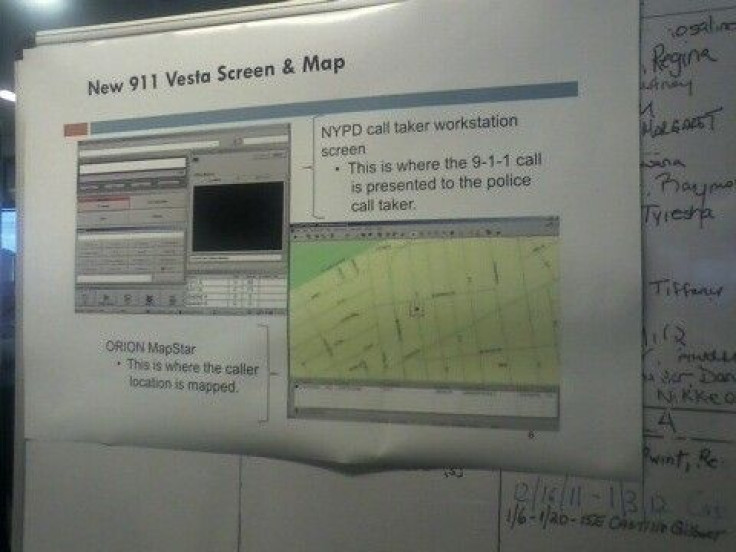Bloomberg: City's New 911 Call Center Launched, for $2.1B

At a press conference at MetroTech in Brooklyn, Mayor Michael Bloomberg announced a complete overhaul of the current 911 system on Thursday.
Along with Police Commissioner Ray Kelly, FDNY Commissioner Sal Cassano and DoITT Commissioner Carole Post, Mayor Bloomberg spoke of the sweeping changes and reforms that are designed to make incoming emergency calls easier and more efficient. The old system, said Mayor Bloomberg, was flawed and needed to be updated for the city's current needs. He said it was somewhat difficult for the FDNY, NYPD and other city agencies to share their information efficiently.
There was no real automated way to share data and work together, said Mayor Bloomberg. Now, new software and hardware in place since early December brings the city's emergency system into the 21st century.
I always believed it is essential to invest in critical infrastructure when the economy turns down, said the mayor. Today, I think we are seeing the results in one of the most important investments in public health and safety: the Public Safety Answering Center. The Public Safety Answering Center puts the city's nearly 1,500 emergency dispatchers in one place and includes an integrated agency computer systems to allow automatic sharing of emergency information, explained Mayor Bloomberg.
In a system that receives nearly 30,000 calls a day, PSAC allows calls to enter the system faster than before. It can handle nearly 50,000 calls into the system per hour, nine times more calls than those that were received on 9/11 during peak hours. Bloomberg also mentioned ways in which the city has made significant upgrades to the back-up systems in 1 Police Plaza and other locations.
However, possibly the most interesting advancement is the use of VESTA. VESTA is a new way of tracking incoming emergency calls. When an individual makes an emergency call, the dispatcher will now automatically have a map of the caller's location.
This means 911 call-takers will have, not only the address and telephone of the caller, but the caller's digital location, said the mayor. This way, emergency responders can pinpoint the exact location and not become confused with similar street names in different boroughs, he said.The city received 40,000 calls coming in on New Year's Eve alone.
The city also is constructing another PSAC in the Bronx called PSAC II. The Bronx center alone will be able to handle the entire city's emergency phone calls.
God-forbid, disaster were to strike one center, the second center would be able to seamlessly handle the city's entire 911 emergency communications needs, said Bloomberg.
However, there is a hefty price tag for taxpayers. The total cost of the project will run taxpayers nearly $2.1 billion for PSAC I and PSAC II in the Bronx. Still, FDNY Commissioner Sal Cassano expressed his support for the innovations.
The process of saving lives starts in this room, said Cassano, as he lauded the new program and noted that on average the FDNY arrives 10 seconds faster to emergencies than it did three years ago.
Police Commissioner Ray Kelly also said that the new technology will have a major positive impact on the city.
This new facility has helped the New York City Police Department answer calls more quickly, it has enabled us to coordinate more effectively with the fire department and has certainly provided a much more comfortable environment for our call takers and dispatchers.
© Copyright IBTimes 2024. All rights reserved.











